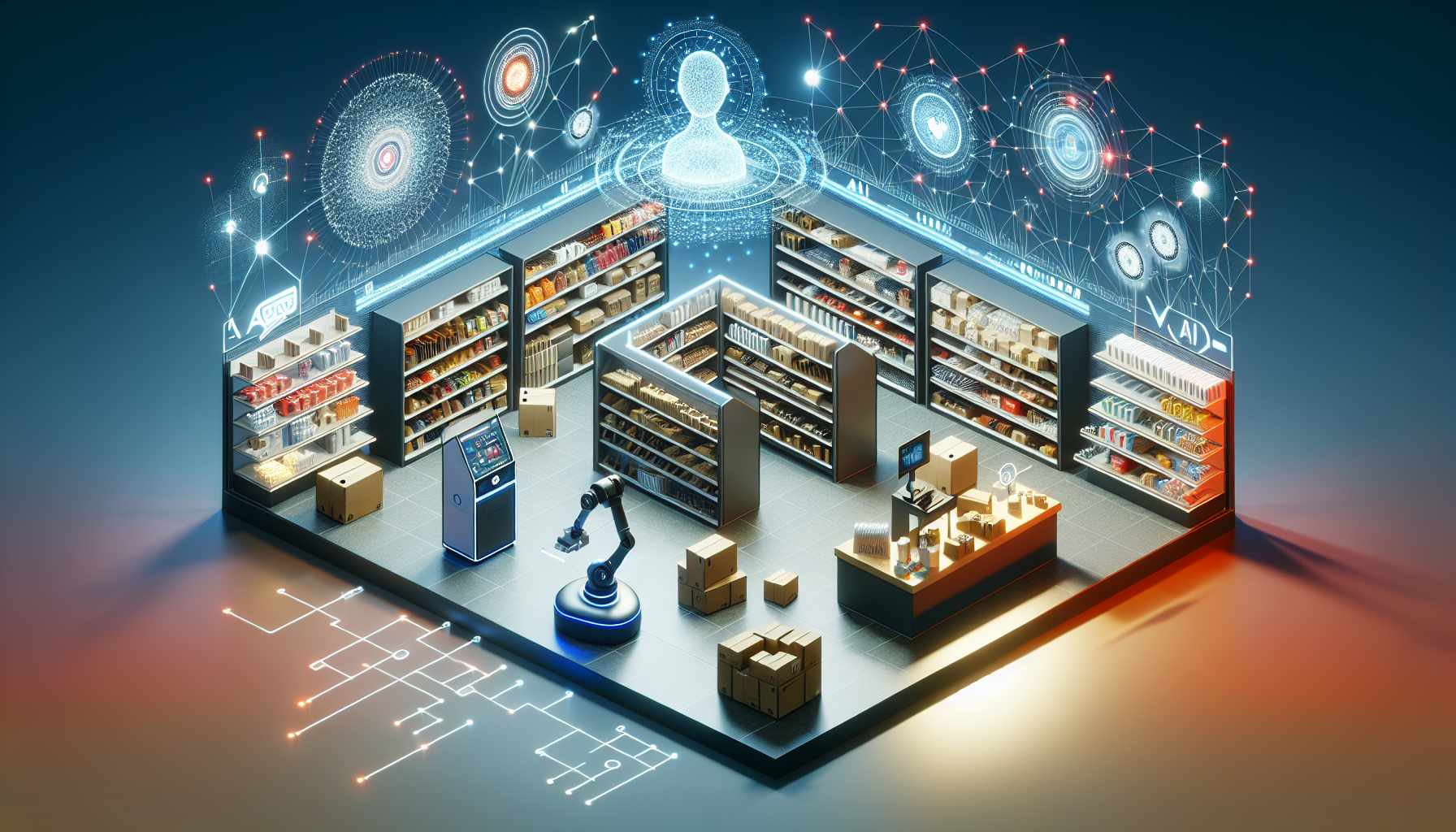Battle Tested: Analyzing Historical Cyber Attacks to Predict Future Threat Trends
The cybersecurity landscape is continuously evolving, with attackers consistently finding new and innovative ways to challenge the defenses of organizations worldwide. By examining historical cyber attacks, one can identify patterns and predict possible future threats. This post delves into some notable cyber attacks and distills insights into potential future trends in cybersecurity threats.
A Look at Notable Cyber Attacks
Historical cyber attacks offer a glimpse into the methods and targets chosen by cyber criminals, providing valuable lessons for the future.
The WannaCry Ransomware Attack (2017)
- What happened: A global outbreak of ransomware exploiting a vulnerability in Windows OS known as EternalBlue.
- Impact: Affected over 200,000 computers across 150 countries, demanding ransom payments in Bitcoin.
- Significance: Highlighted the importance of keeping systems updated and the global impact of network vulnerabilities.
The Equifax Data Breach (2017)
- What happened: Unauthorized access to the personal data of approximately 147 million people.
- Impact: Included names, Social Security numbers, and driver’s license numbers.
- Significance: Underlined the necessity of robust security measures to protect sensitive information.
SolarWinds Supply Chain Attack (2020)
- What happened: Attackers compromised the software development process of SolarWinds, embedding malicious code into a software update.
- Impact: Infected the systems of numerous U.S. government agencies and private companies.
- Significance: Demonstrated the effectiveness of supply chain attacks and the need for security in software supply chains.
Predicting Future Cyber Threat Trends
By analyzing these and other attacks, several trends can be identified that might shape the future landscape of cyber threats.
Increasing Sophistication of Ransomware Attacks
- Ransomware attacks are becoming more targeted and sophisticated, involving more than just encryption of data but also data theft and extortion.
Greater Emphasis on Supply Chain and Third-party Vulnerabilities
- Cyber criminals will likely increase their focus on exploiting vulnerabilities in supply chains and third-party services.
The Rise of AI-Powered Attacks
- The use of artificial intelligence by attackers to automate target selection, develop phishing messages, and create more convincing fake websites.
Enhanced Regulatory Scrutiny and Compliance Requirements
- Increased data protection regulations globally will likely nudge organizations towards better security practices but may also prompt new forms of compliance evasion by malicious parties.
Conclusion
Studying past cyber attacks is crucial for anticipating future security threats. By recognizing the methods and motives behind these attacks, cybersecurity professionals can better prepare and strengthen their defenses. Future security measures must evolve to not only address these trends but also be adaptable to unforeseen tactics.




